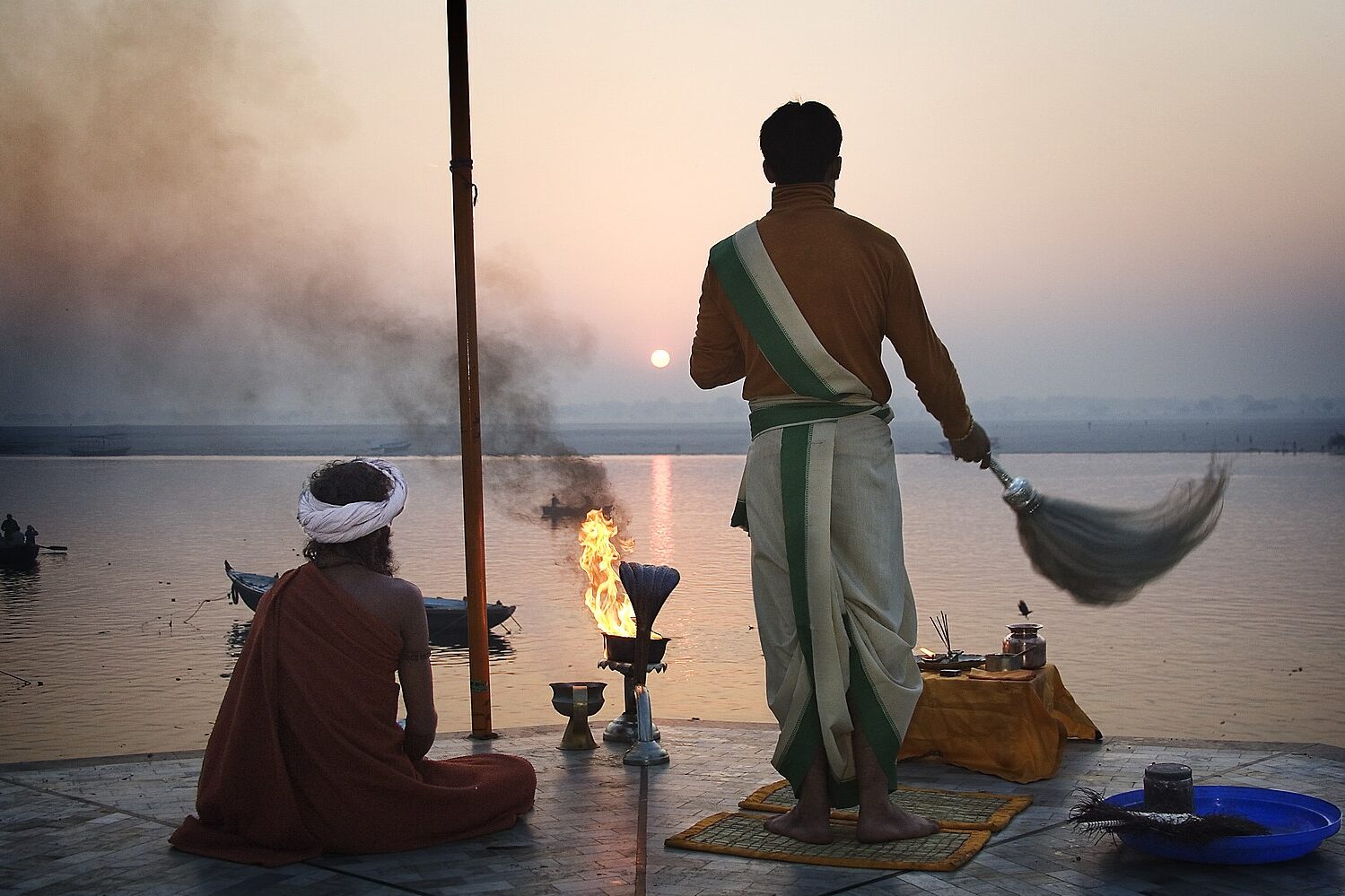

At its core, Hinduism is a tradition of pluralism, filled with an expansive breadth of philosophies, texts, and practices, inviting people of all backgrounds to delve into its unbounded trove of spiritual teachings, the foremost of which emphasize spiritual harmony, dignity, and respect above all else.
Why then is caste — depicted as an unchanging, oppressive, and hereditary social hierarchy religiously mandated by and for Hindus — a singular focus of how Indian and Hindu culture are seen by the West?
In truth, caste is one of Hinduism’s and India’s most complicated and misconstrued notions, with no universally accepted definition or uniformly held understanding of it.
Though many attempts by sociologists, anthropologists, historians, and Indologists to empiricize various ideas in connection to caste — like birth, occupation, rituals, endogamy, or race — have been made, none can be deemed successful, as they all depend on a false presumption.
They all presume the existence of a pan-India unified caste system, and that communities belonging to particular castes in one part of India share something in common with similar castes in other parts of India, including perceived and actual social standing.
The structure of Indian society, however, is far more complex, and has thus never fully corresponded with such a theory.
Take jati and varna (the two major indigenous concepts frequently associated with caste), for example.
Jāti are tribes or generalized people groups with some kind of shared distinguishing features, such as origin story, history, worldview, teachings, customs, religion, vocations or occupations, and/or language and dialect, etc.
Some jati identify as belonging to a traditional occupational community, but adhere to different religions (Hindu, Muslim, Sikh, Jain, Christian, Buddhist, etc.), and/or their members engage in a variety of occupations. Some jati share rituals, common ancestry, or adherence to a particular lineage, but are otherwise diverse in terms of traditional and current occupation, region, language, etc. Some jati practice endogamy across varying social markers and perceived social standing. Others do not. Boundaries between and amongst jati are also not always apparent or discernible.
Sure, members of one jati may hold perceptions of difference and superiority, and act towards members of other jati in manners that are prejudiced, unethical or inhumane. But such perceptions were and are highly localized, and could be informed by a variety of factors ranging from social, economic, political, historical, and religious.
In addition, members of poorer or deprived jati don’t necessarily accept the claimed superiority of others over them. The social standing of a jati in one region may be very different from a similar or even the same jati living in another region, and social standing can change when an entire jati moves from one area to another.
Ultimately, there are thousands of jati on the Indian subcontinent across all religions, and the norms among them are not tied to sacred texts or written social codes. They have been historically passed down through oral traditions and customs, and so actual standing in any local hierarchy, even rivalries and frictions, have been utterly complex, nebulous at best, and mobile over time.
Varna, on the other hand, can be tied to recorded guides, as Hindu writings indeed discuss the concept at great length, though never as a static and oppressive system.
According to the Vedas (Hinduism’s foundational teachings), there are four varna, or functional personality types that can generally be identified throughout a societal structure.
This typology contends there are brahmins, or those who are inclined to pursue knowledge, grow spiritually, and impart knowledge, guidance, and wisdom to all; there are kshatriyas, or those who exercise power to govern and protect society; there are vaishyas, or those who drive, support, and nourish an economy through wealth creation; and, there are shudras, or those who provide the necessary labor upon which all of civilization can be built on.
As explained through countless sacred texts, stories, poetry, and the interpretations and elucidations of widely respected Hindu spiritual teachers, both past and present, varna is based on guna (qualities/virtues) and karma (thoughts, words, actions). Varna is not hereditary or familial, nor is it a determinant of any established social hierarchy. It’s merely a way of understanding human diversity and purpose in tow with an individual’s predominant nature. And because personality or temperament and skills can change over time, the social functions a person takes are never mutually exclusive to any one group.
Indian society, hence, was never organized nor functioned as only four varna. Instead, both varna and jati have been just aspects of social identity throughout history, with neither fully fitting the notion of caste as it’s imagined today. In fact, there is no true equivalent for the term “caste” in any of the Indian languages.
So how did we get where we are today? How did the distorted pan-Indian depiction of caste come to prominence, if no such system actually exists?
Simply put, the British, informed by 18th- and 19-century beliefs in white-European and Christian superiority over “dark” races and non-Christian religions, pushed the theory as part of a broader campaign to paint Hinduism as barbaric, thereby rationalizing the subjugation of its followers.
The theory, though lacking in any archaeological or textual evidence, would gain momentum throughout Europe, spur the development of more racist theories supporting claims of white, European superiority, and provide further justification, not only to Europeans for their imperialist projects around the world, but also Adolf Hitler and his plans for building a master race.
Of course, acknowledging the historical role of the British in conceiving an Indian caste system in no way denies that prejudices, discrimination, or exploitation on the basis of various perceived differences in different quarters and levels of Indian society existed (and continue to exist) and that some groups or communities have suffered more than others.
But the reality is that the legacy of colonialism very much informs the understanding of India to date, as well as impacts contemporary caste and religious dynamics in the subcontinent.
And for those of us who are Hindu, this is incredibly sad, not only because it can lead to unwarranted racial profiling, but because it turns many away from a tradition that has so much to offer. A tradition of love, acceptance, and an immense spiritual depth meant for anybody and everybody.
If you enjoyed this piece, then you may also be interested in reading “The Caste Conundrum”








































